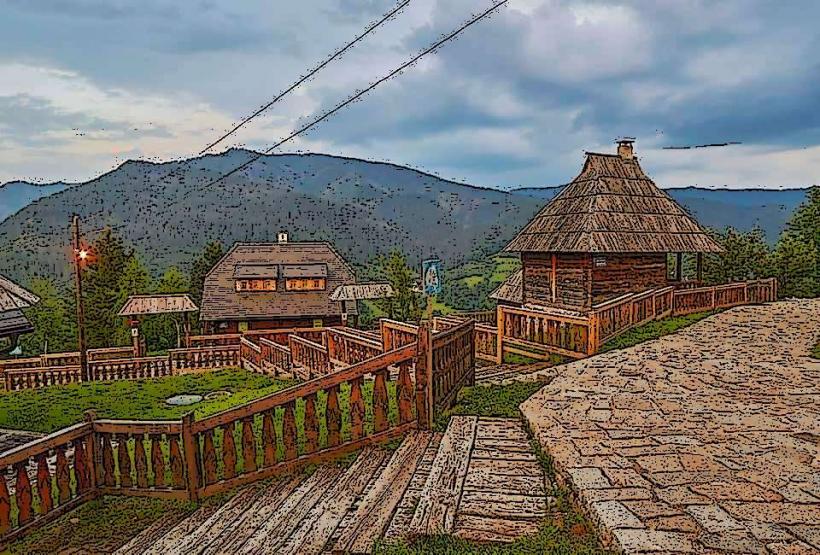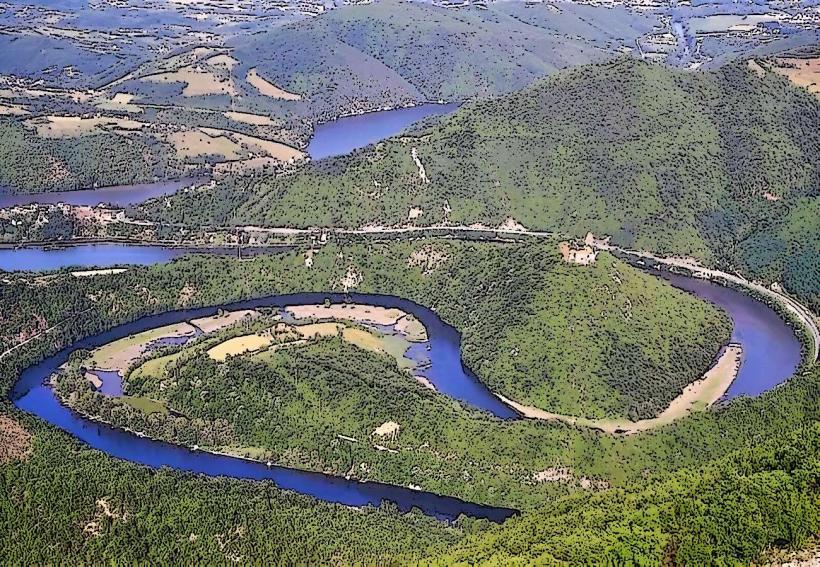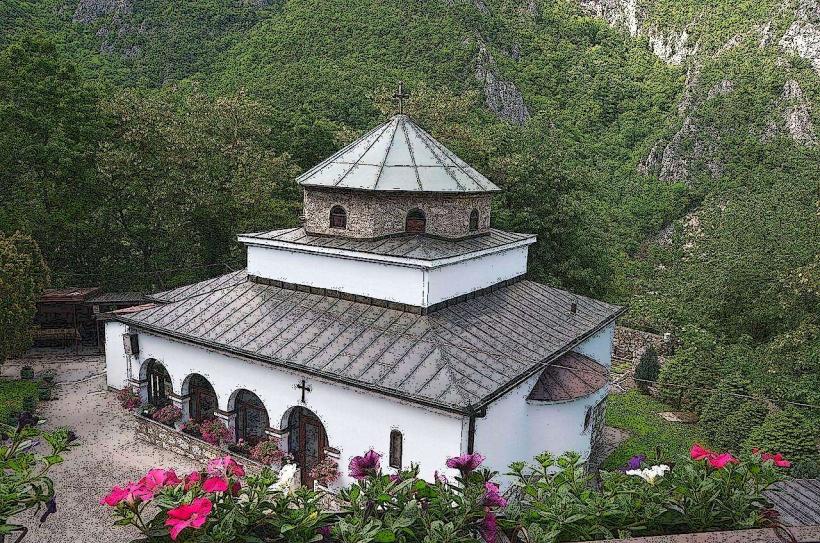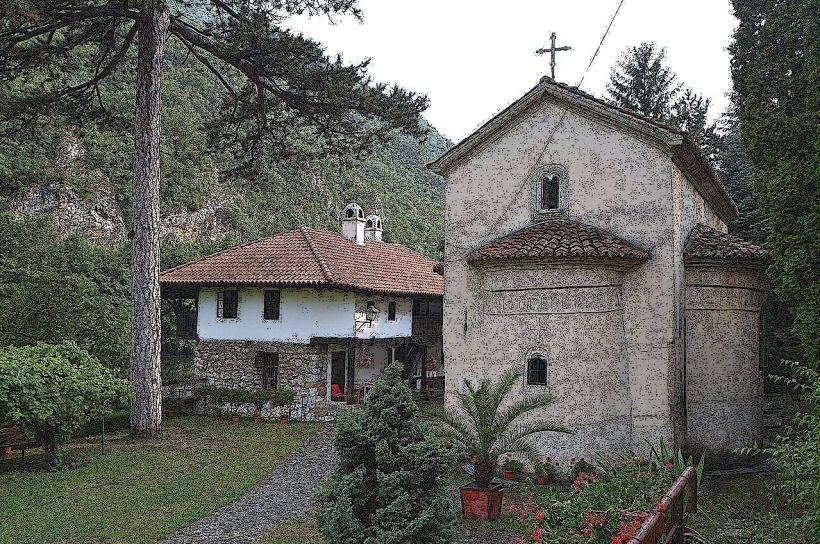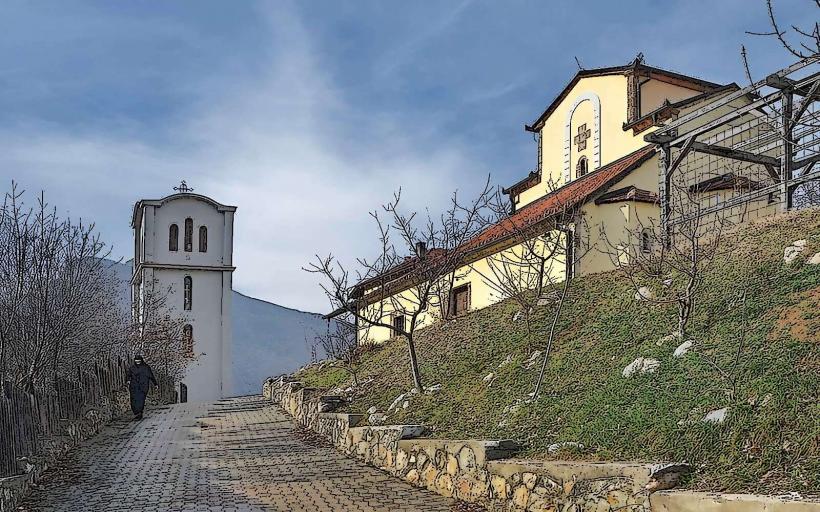Information
Landmark: Ljubić Hill MemorialCity: Cacak
Country: Serbia
Continent: Europe
The Ljubić Hill Memorial (Serbian: Memorijalni kompleks Ljubić brdo) is a significant memorial site located on Ljubić Hill near the town of Čačak in central Serbia. This memorial honors the victims of World War II, particularly those who lost their lives during the Axis occupation of Yugoslavia, which included both the German and Italian forces, as well as collaborators. The Ljubić Hill Memorial commemorates the tragic events that unfolded during the war, especially focusing on the mass executions and war crimes that occurred in the area.
Historical Background
Mass Executions during World War II:
- The memorial is dedicated to the memory of the Serbian civilian victims who were executed by Nazi German forces and their collaborators during World War II. The specific event that the memorial commemorates is the execution of local resistance fighters and civilians, many of whom were partisans (members of the Yugoslav resistance) or innocent civilians caught up in the violence of war.
- The executions took place as part of the German reprisals against the local population for acts of resistance, sabotage, and insurgency against the Nazi occupation. The executions were a part of a larger pattern of brutal retaliation by the occupiers across Serbia and other parts of Yugoslavia.
Yugoslav Partisan Resistance:
- During World War II, Yugoslavia was occupied by Axis forces, and a major resistance movement, known as the Yugoslav Partisans, led by Josip Broz Tito, fought against the occupying forces. Ljubić Hill was one of the sites where heavy fighting took place and where resistance fighters were captured and executed by the Germans. The site is a reminder of the harsh realities faced by the Yugoslav Partisans during the war.
Post-War Memorialization:
- After the war, the site became a place of commemoration for the fallen fighters and civilians. It became part of the larger effort across Yugoslavia to memorialize the victims of the Nazi occupation and the Yugoslav resistance movement. The Ljubić Hill Memorial was created to honor those who sacrificed their lives for the freedom of the region and the fight against fascism.
Memorial Features
Monument and Sculptures:
- The memorial complex consists of several key elements, including a large monument that symbolizes the struggle and suffering of the victims. The monument is typically designed to reflect the pain and sacrifice of those who perished during the war.
- The monument includes sculptures and inscriptions that detail the historical significance of the site and the sacrifices made by the people of Čačak and surrounding areas. The sculptures are intended to evoke the spirit of resistance and the fight for freedom during the war.
Cemetery and Graves:
- The Ljubić Hill Memorial also includes a cemetery where the remains of many of the victims of the executions were buried. The site serves as a place for reflection and remembrance for visitors, particularly for the families of those who perished.
- Some of the gravestones and memorial plaques at the site are dedicated to individual resistance fighters, while others represent the mass graves of civilians who were executed during the war.
Educational and Historical Information:
- At the site, there are informational panels and plaques that provide historical context about the events that took place during World War II in this area. These include descriptions of the mass executions, the nature of the resistance movement, and the broader context of Yugoslav history during the war.
Importance of the Memorial
Commemoration of the Victims:
- The Ljubić Hill Memorial is a significant site for the remembrance of the victims of the war, particularly those who died in the resistance against fascism. It serves as a reminder of the sacrifice made by many individuals in their fight for the future of Yugoslavia and the liberation of the country from foreign occupation.
Symbol of Resistance:
- The memorial is also a symbol of resistance and the fight for freedom. It honors the local population's struggle against the Axis powers and the courage of those who fought back against the brutal occupation forces.
Cultural and Educational Value:
- The memorial has cultural and educational significance, serving as a place for both locals and visitors to learn about the history of Yugoslavia during World War II. It stands as a testament to the resilience of the Serbian people and their commitment to overcoming the hardships of occupation and war.
National and Local Identity:
- For many Serbs, the Ljubić Hill Memorial is part of the national collective memory, representing a shared experience of suffering, resistance, and eventual liberation. The site also has great significance for the local community in Čačak, serving as a focal point for regional history and heritage.
Conclusion
The Ljubić Hill Memorial serves as an important reminder of the tragic events of World War II and the enduring memory of those who sacrificed their lives for the freedom and liberation of Serbia. The memorial honors the resistance fighters and civilians who were victims of Nazi reprisals and represents the broader struggle against fascism and occupation. It is a place of reflection, remembrance, and education, ensuring that the lessons of history are not forgotten by future generations.

